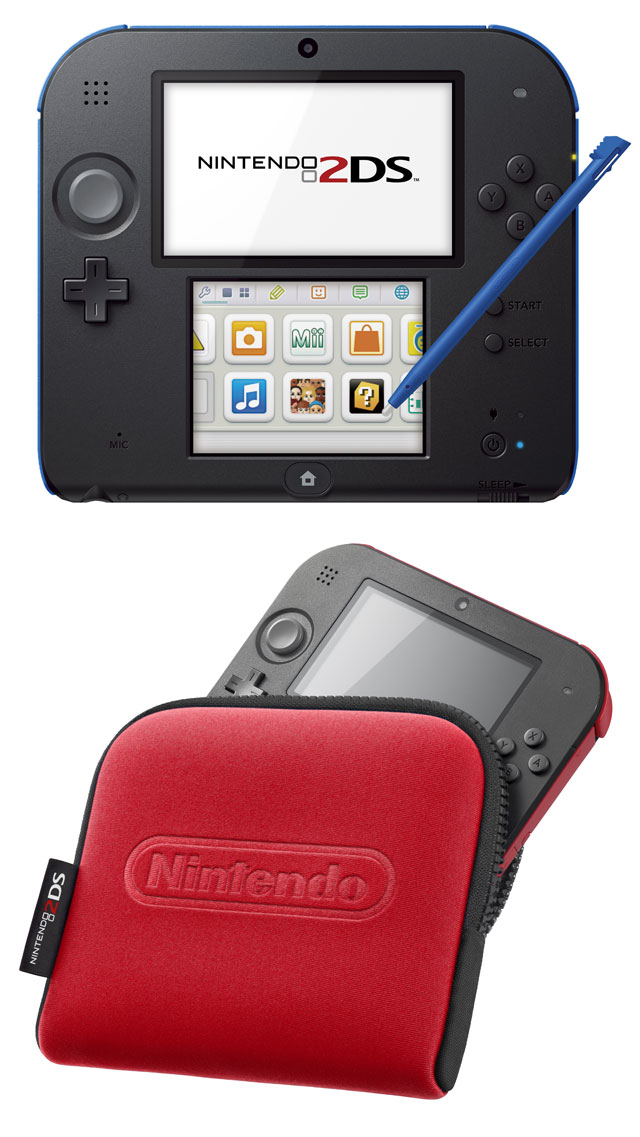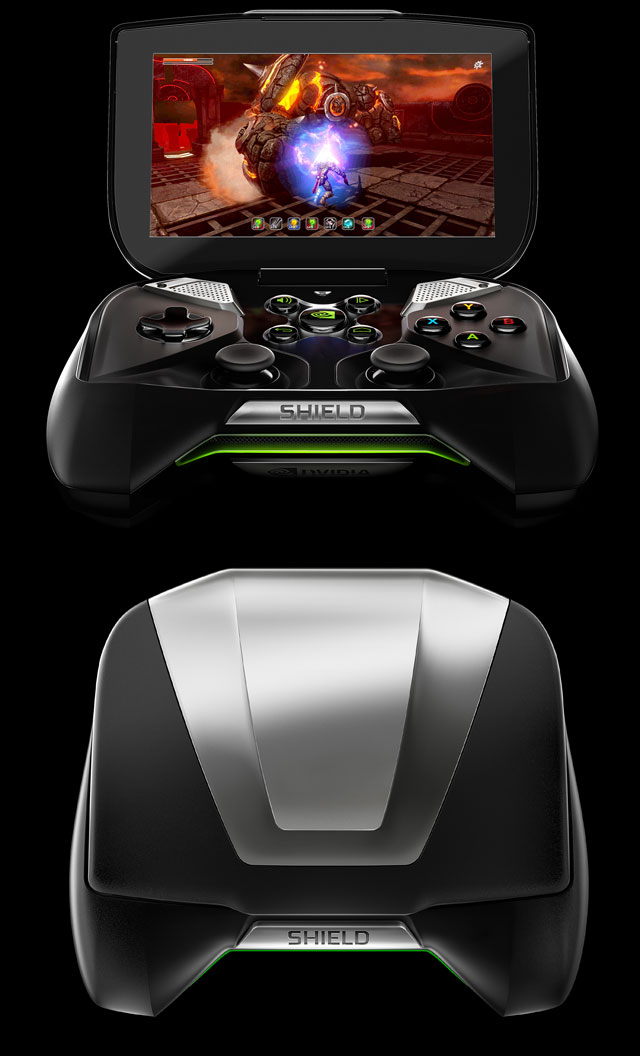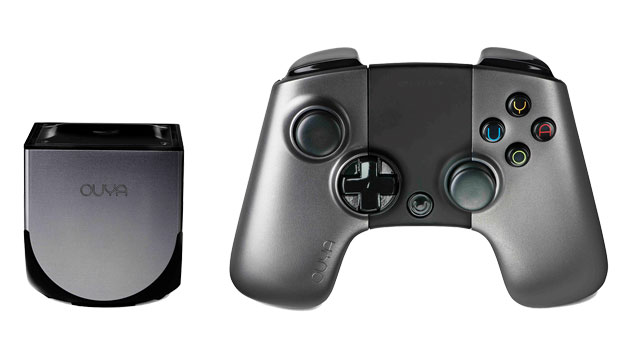There are two games consoles this year that are must haves for millions of hardcore gamers – see our PS4 review here and our Xbox One review here – but sometimes you want something a little different. We've already made our pick for the very best gaming laptop, below is our guide to some more awesome tech for playing games:

Toshiba
PC gaming: Toshiba Qosmio X70 ($1,500 and $2,000)
If you want a nice big screen for gaming on a laptop, this 17-inch Toshiba unit gives you a full high-def display – 1920 x 1080 pixels – and can also output video through HDMI for new, 4K ultra high-definition displays. While it’s a laptop, the Qosmio X70 is heavy, but with the screen size and the built-in Harmon Kardon speakers, it’s an excellent choice to replace a desktop model. The Intel i7 quad core processor is complemented with a respectable 4 GB in memory. The premium X70 ($2,000) includes a Blu-ray player and significantly more hard drive space.

Nintendo
Hand-held: Nintendo 2DS ($130)
Nintendo’s 3DS portable game system is an excellent hand-held, but because 3-D viewing is not recommended for children aged seven and under, it’s not the best device for younger kids. That’s where the 2DS comes in. Parents can introduce their younger kids to the wonderful world of Nintendo games without having to worry about the rugrats enabling the 3-D while under the covers at night. The 2DS has all the other functionality of it’s 3-D cousin, including the lower touch screen and the ability to play all the games created for the 3DS. The simpler design of the 2DS resembles the 3DS opened up and laid flat, it also is more robust against drops and has a more comfortable button layout. Pick the favourite of two colours – Crimson Red or Electric Blue – and let them into the world of Pokemon X & Y.

Nvidia
Android hand-held: Nvidia Shield ($309)
This is a hand-held that means business. The Shield works like any other Android mobile device, so it can be used for watching videos and listening to music, but it’s really designed for playing games, including some that have been optimized by Nvidia to use the controls. It’s constructed with the same two-handed configuration as most console gamepads, but the Shield takes things further by including a 5-inch, 1280 x 720 pixel resolution LCD display. It’s like a portable home entertainment system, complete with integrated stereo speakers and a multi-touch display. And you can turn it into a console, connecting it to a television with an HDMI cable and using a Bluetooth controller. The Shield can also act as a media device, streaming games from a computer – one built with certain Nvidia video cards – to a television.

Ouya
Non-console console: Ouya ($100)
The Ouya is an unassuming grey box, but it is a product of Kickstarter’s boundless enthusiasm for niche hardware. It promises access to 500 games and the key hook with Ouya is that every game has a free demo, so gamers can try before they buy. The games available range from indie favourites like TowerFall, an “archery combat platformer” to such classics as Final Fantasy III. The Ouya, which outputs in 1080p high definition, has 8 GB of onboard storage – you can connect external hard drives through a USB port – and accesses the Internet either through ethernet or WiFi. The controller has the same two stick, eight button, four trigger configuration that gamers are already familiar with. With a free software development kit available, Ouya is not only a device for playing games, it’s also a great device for those who want to start making them too.

GameStick
Most compact: GameStick ($80)
GameStick was designed to play Android games on the big screen. The stick part of this game system actually lives inside the controller it ships with. The controller has the same buttons and joysticks as other consoles, but in a simpler, flat design. The stick, meanwhile, plugs directly into the HDMI port of your television. It is the size of a USB flash drive, making it the smallest game console currently available. It has 8 GB of onboard storage, expandable with SD cards. For an extra $40 you can add on a dock, which charges the controller and provides an ethernet port for faster network speeds and two USB ports to add peripherals like keyboards or mice.